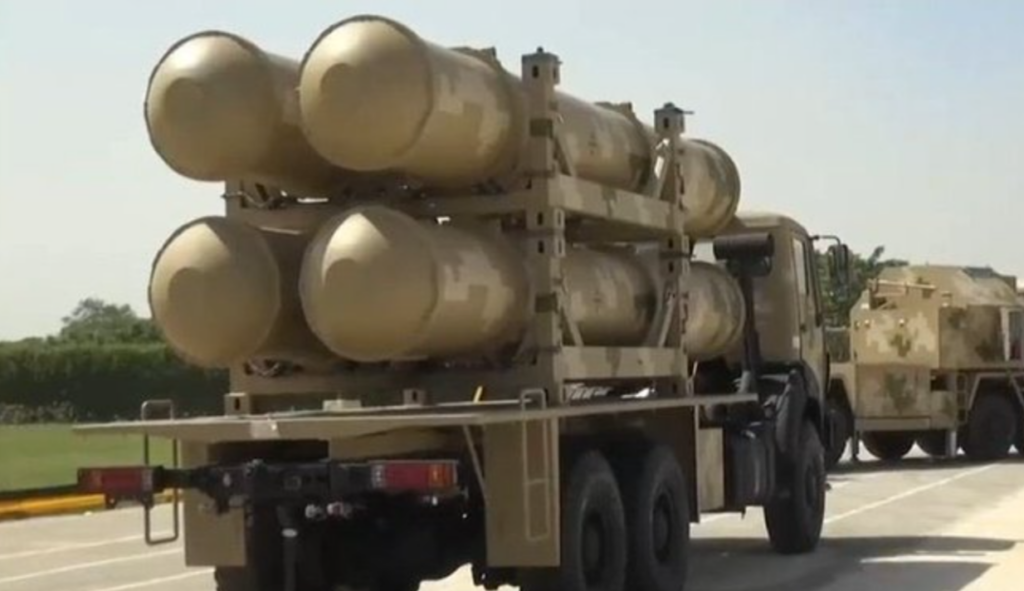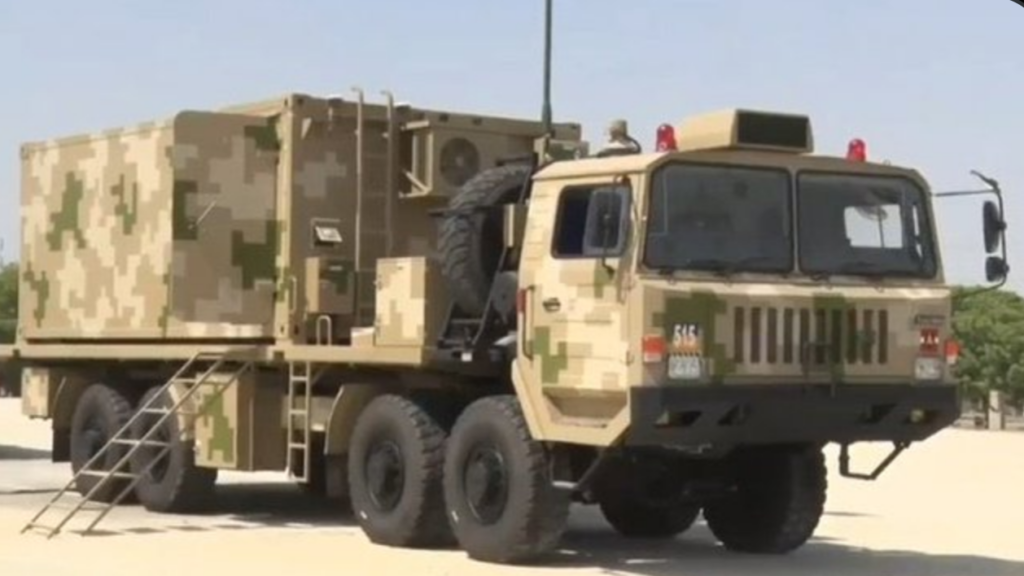Pakistan’s Air Defense Capabilities – Chinese Missile Systems & AA Guns
India’s Operation Sindoor has seen Pakistan utilise a number of weapons and systems procured from China, including a host of Chinese-produced air defense systems. These include radar units, control systems and surface-to-air missiles (SAM) systems. In addition to Pakistan’s air force deploying J-10C fighters and air to air missiles to intercept Indian Air Force aircraft conducting air strikes Pakistan’s air defense systems have been on high alert.
Pakistan’s air defense systems are controlled by the Pakistan Air Force and Army with various elements deploying various different air defense platforms. In terms of surface to air missile systems Pakistan currently relies on Chinese-made systems including; the HQ-9P, HQ-9BE, FD-2000, and HQ-16FE advanced long range platforms and the medium range LY-80 and short range FM-90 systems. These are the basis of Pakistan’s CLIAD (Comprehensive Layered Integrated Air Defence) configuration which consists of short, medium and long range systems.

Renewed investment in air defense followed the 2019 Kashmir border clashes and the HQ-9P was first deployed in 2021, and is based on the Russian S-300 platform and can illuminate 100 targets concurrently and engage 8–10 threats. Deployed in and around Rawalpindi and Karachi, the system has a maximum engagement range of 125 kilometers. The HQ-9BE variant has a longer range of 260 kilometers coupled with advanced radars but is less capable than India’s Russian-manufactured S-400 system. The HQ-9BE is operated by the Pakistan Air Force as part of a regional air defense umbrella which is deployed in border areas.
The FD-2000 export defense system, used as a variant of the HQ-9A system, is used to engage air targets out to 125 kilometers. It has restricted utility in engagements with ballistic missiles, but is cost-effective and is a mobile platform. Derived from early variants of the Russia-built Buk, the HQ-16FE offers defense against high-flying aerial targets with its AESA radars able to scan up to 12 threats and attacking 8 concurrently at ranges out to 160 kilometers.
Earlier generation air defenses still have specific functions. The LY-80, the export variant of the HQ-16, entered Pakistani service in 2017, it has a range of 40–70 km and is effective against slower targets. The FM-90, having a range of 15 km, protects against drones and helicopters but is unable to intercept advanced missiles. These systems are networked under CLIAD command and coordinated in routine exercises like “Al-Bayza.” Pakistan also has a number of local initiatives including LoMADS and FAAZ-SL which are also under development, albeit in the nascent stages. Pakistan have also deployed conventional anti-aircraft guns such as 35mm GDF Oerlikons on twin mounts, one such (unverified) video of one of these systems claimed to be engaging Indian drones or one-way munitions has been shared online in recent days.
In comparison India has a number of more sophisticated systems such as the Russian S-400 which entered service in 2021 and has been renamed “Sudarshan” in Indian service. The system detects targets from 600 km away while it engages targets that are 400 km away with different types of missiles. The system tracks 100 targets while it engages concurrently with 36 targets with range covered by the Akash, along with Barak-8 and QRSAM and SPYDER, and SR-SAM systems covering the air defense spectrum in terms of range and capabilities. The acquisition of AESA radar alongside indigenous production of missiles under the “Make in India” system allows India to enjoy increased autonomy and resistance in the air defense domain.
The recent escalation between India and Pakistan reiterates how fundamentally important air defense is. The situation continues to evolve with both sides now claiming strikes on military targets inside the others borders, with India claiming successful strikes on Pakistan’s air defense systems.

